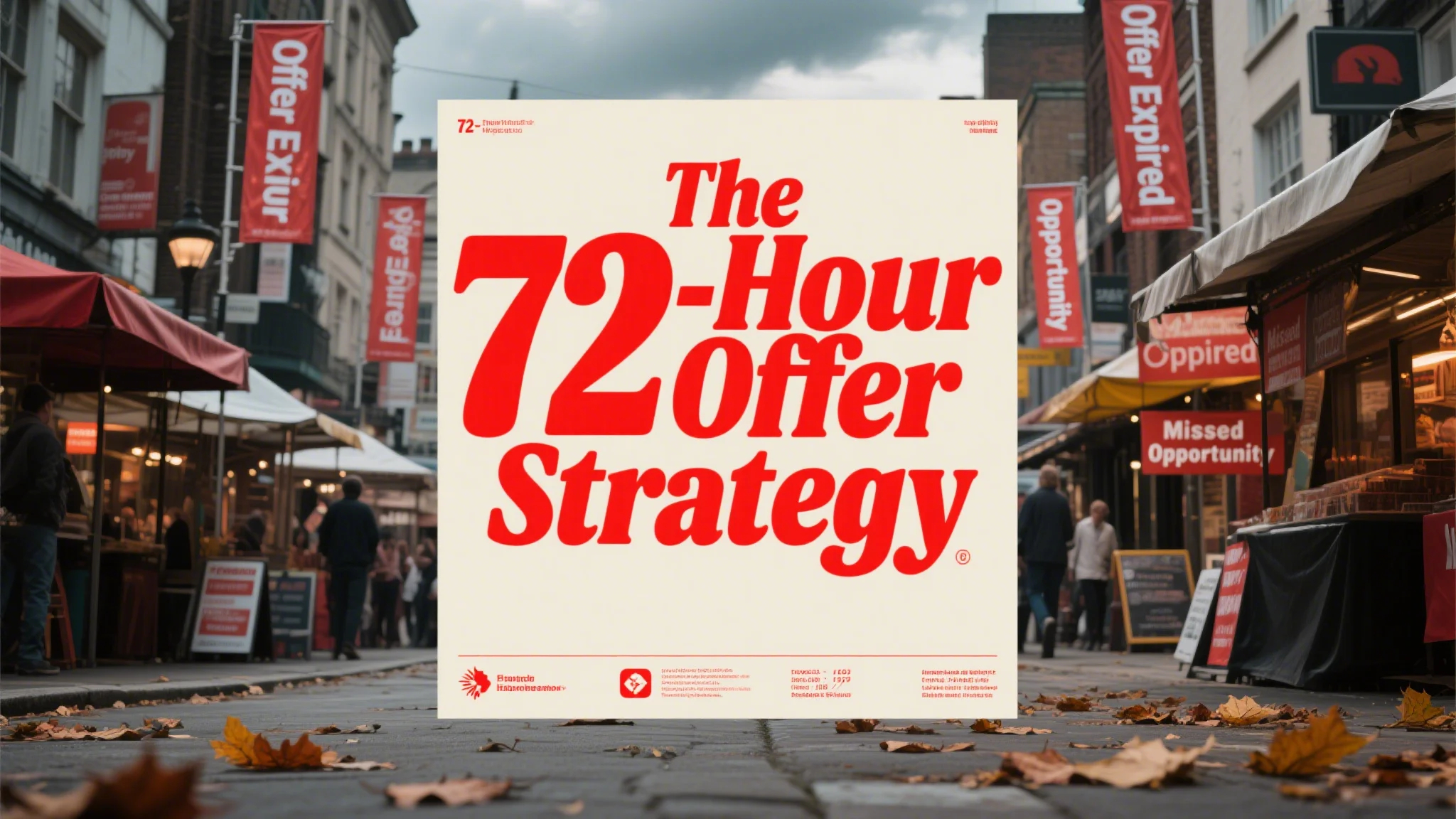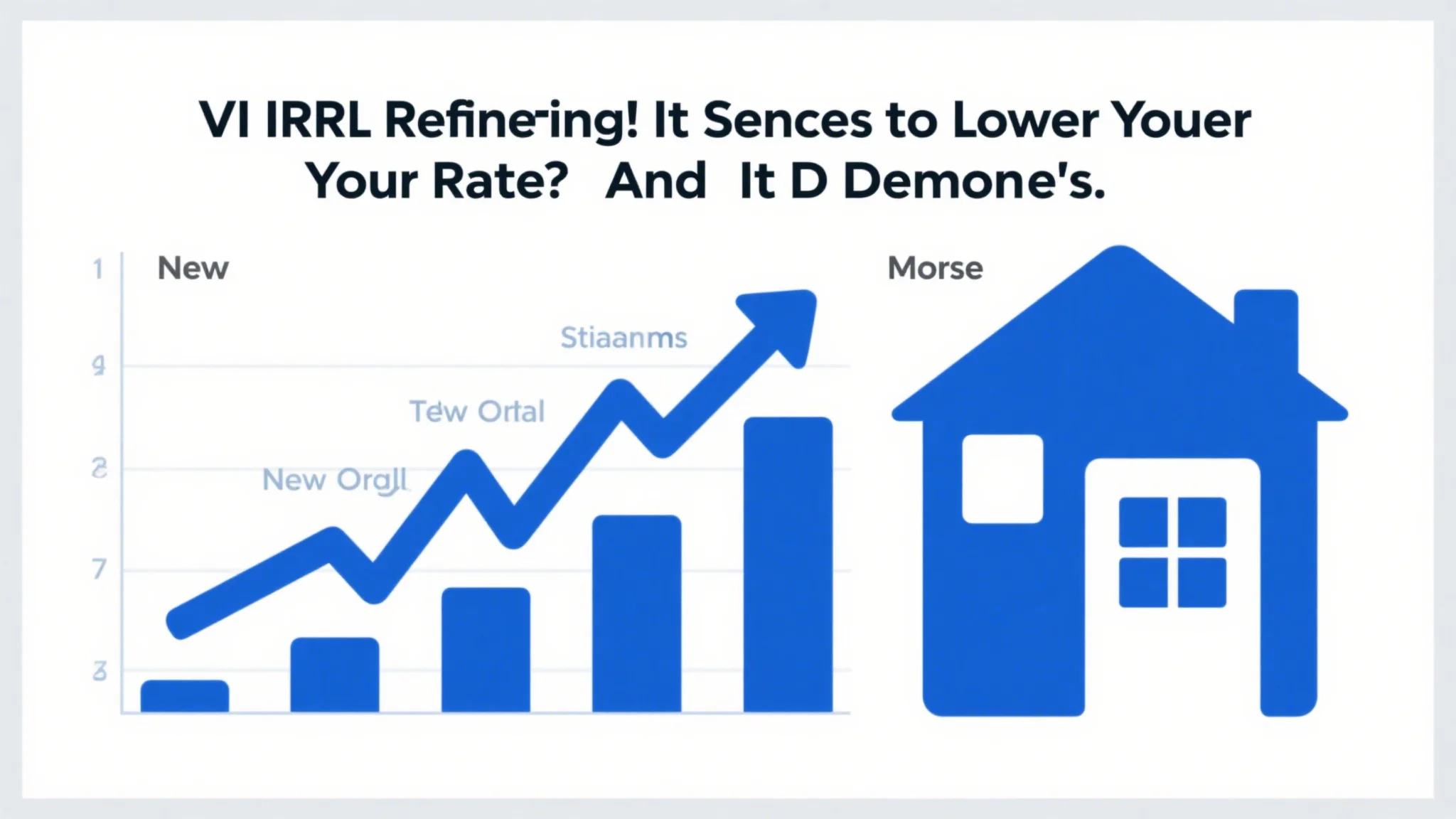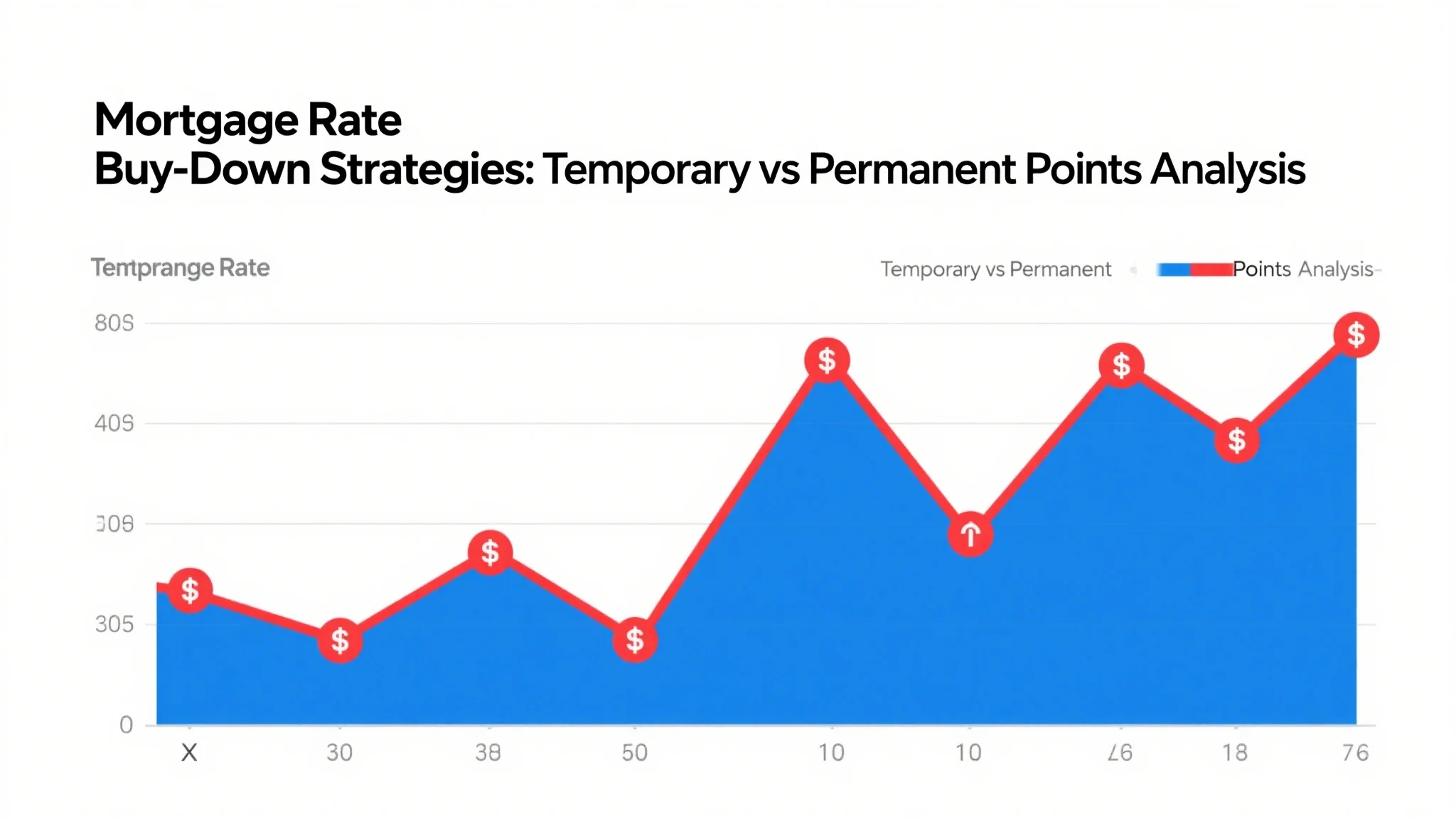In competitive bidding scenarios, the stakes are high, and the pressure is on. Whether you’re bidding on a property, a contract, or a valuable asset, the “Highest and Best” offer is often the deciding factor. But what separates the winners from the losers? This article dives into the psychological tactics that can help you navigate the “Highest and Best” dilemma and come out on top in bidding wars.

In the world of bidding, the phrase “Highest and Best” is more than just a catchphrase—it’s a game-changer. Whether you’re participating in a real estate auction, a government contract bidding process, or a corporate deal, the ability to outmaneuver competitors and secure the “Highest and Best” offer can mean the difference between success and failure.
But what does it really take to win a bidding war? It’s not just about having the deepest pockets or the most attractive offer on paper. It’s about understanding the psychology of decision-making, leveraging strategic tactics, and anticipating the moves of your competitors. In this article, we’ll explore the key psychological principles that can help you navigate the “Highest and Best” dilemma and emerge victorious.
The Psychology of the “Highest and Best” Offer
The “Highest and Best” offer is a concept that revolves around presenting a bid that is not only the highest in terms of monetary value but also the most attractive in terms of terms and conditions. This dual focus ensures that your offer stands out from the crowd and becomes the preferred choice of the seller or auctioneer.
To achieve this, you need to dig deeper into the psychology of the people involved. Here are some key principles to keep in mind:
Anchoring Effect:
The anchoring effect is a cognitive bias where people rely heavily on the first piece of information they receive (the “anchor”) when making decisions. In bidding scenarios, this means that the first offer made can set the tone for the entire process. If you can establish a strong anchor by making a bold, early offer, you can influence the perceptions of the seller and your competitors.
Loss Aversion:
People are more motivated to avoid losses than to achieve gains. This principle can be leveraged in bidding by creating a sense of urgency or scarcity. For example, if you can convince the seller that delaying a decision could result in losing out on a better offer, they may be more inclined to accept your bid.
Social Proof:
People often look to others for cues on how to behave in uncertain situations. If you can position yourself as the clear leader in the bidding process, others may follow suit, pushing the seller to accept your offer.
Negotiation as a Process:
Bidding is not just about the final number; it’s about the process of negotiation. By demonstrating flexibility, creativity, and a willingness to compromise, you can build trust and increase the likelihood of your offer being accepted.
Strategic Moves to Win the Bidding War
Understanding the psychology behind the “Highest and Best” offer is one thing, but applying it effectively is another. Here are some strategic moves you can make to gain an edge in the bidding war:
Do Your Homework:
Before placing your bid, gather as much information as possible about the asset you’re bidding on, the seller’s motivations, and the competition. Knowing your limits and the seller’s pain points will help you craft a more compelling offer.
Set a Clear Strategy:
Decide early on what your maximum bid will be and stick to it. Avoid getting caught up in emotional bidding wars that could lead you to overspend. A clear strategy will help you stay focused and make rational decisions.
Create a Distinctive Offer:
Don’t just match or exceed the competition; differentiate yourself. Offer additional terms that make your bid more attractive, such as faster payment terms, a longer contract, or additional services.
Leverage Relationships:
If you have a relationship with the seller or the auctioneer, use it to your advantage. Building trust and rapport can give you an edge over competitors who are strangers to the seller.
Stay Calm and Confident:
Bidding wars can be intense, but it’s important to stay calm and confident. Show confidence in your offer and don’t let emotions dictate your decisions.
By combining these strategic moves with a deep understanding of psychological principles, you can increase your chances of securing the “Highest and Best” offer and winning the bidding war.
In the second part of our exploration of the “Highest and Best” dilemma, we’ll delve deeper into the psychological tactics that can help you outmaneuver your competitors and secure the desired outcome. From creating a sense of urgency to mastering the art of negotiation, these strategies will give you the edge in any bidding scenario.
The Power of Urgency
Urgency is a powerful tool in any negotiation. When people feel pressured to act quickly, they’re more likely to make impulsive decisions without fully considering the consequences. In bidding wars, you can use urgency to your advantage by creating a sense of scarcity or time pressure.
Here are some ways to do this:
Set Deadlines:
If possible, negotiate a deadline for the seller to accept your offer. This creates a sense of urgency and reduces the likelihood of them waiting for a better offer.
Highlight the Risks of Delaying:
Paint a picture of what could happen if the seller doesn’t accept your offer. For example, you could point out that another buyer might come along with a higher offer if the decision is delayed.
Use Competitive Pressure:
If you know your competitors are also interested, use that information to your advantage.暗示 the seller that other bidders are likely to act soon, which could push them to accept your offer.
By creating a sense of urgency, you can influence the seller’s decision-making process and increase the chances of your offer being accepted.
The Role of Social Proof
Social proof is a psychological principle that suggests people are more likely to make decisions based on what others are doing. In bidding wars, you can use social proof to position yourself as the clear leader and influence the seller’s decision.
Here’s how:
Be Visible:
Make sure the seller knows you’re serious and committed to the process. Attend all meetings, ask relevant questions, and demonstrate your interest in the asset.
Leverage Third-Party Endorsements:
If you have testimonials, references, or endorsements from other clients or partners, share them with the seller. This builds credibility and makes your offer more attractive.
Highlight Your Track Record:
If you’ve successfully closed similar deals in the past, use that experience to your advantage. A proven track record can reassure the seller that you’re a reliable and trustworthy partner.
By leveraging social proof, you can build a strong case for your offer and stand out from the competition.
Mastering the Art of Negotiation
Negotiation is a key part of any bidding process, and mastering it can give you a significant advantage. Here are some negotiation tactics to keep in mind:
Start with a Strong Offer:
Make your first offer as strong as possible to set the tone for the negotiation. A bold opening can establish your position and influence the seller’s perception of your offer.
Use the “锚点” Technique:
The anchoring effect can work in your favor if you start with a high offer. Even if the seller counters, the initial high number can influence their final decision.
Be Prepared to Compromise:
While it’s important to stand



